Trusted Solutions for Treating Groundwater – Providing clean,reliable, and affordable water for people
Who We Are
ATEC Water Systems, LLC is a leading producer of specialized water filtration solutions for contaminated groundwater sources. Our filtration solutions are affordable, highly scalable, and easy to maintain, making them practical for a variety of applications from small, underserved communities to large municipalities. ATEC’s filters have been installed at over 450 locations, including community, municipal, agricultural, and industrial sites and used to successfully reduce and remove iron, manganese, arsenic, chromium-6 and other constituents of concern, solving some of the toughest groundwater treatment challenges.
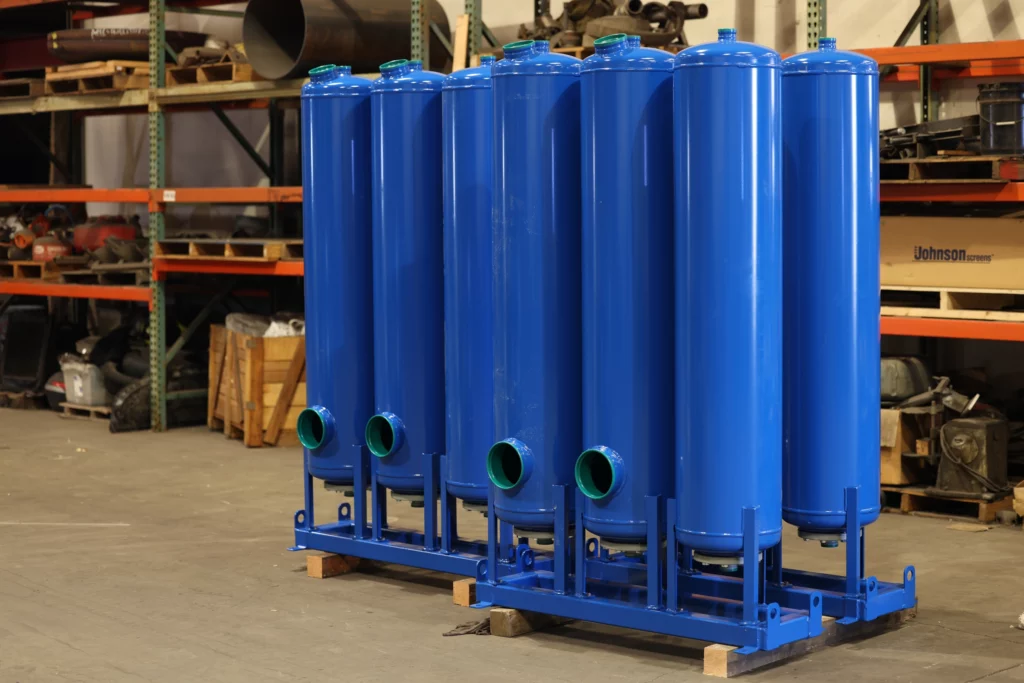
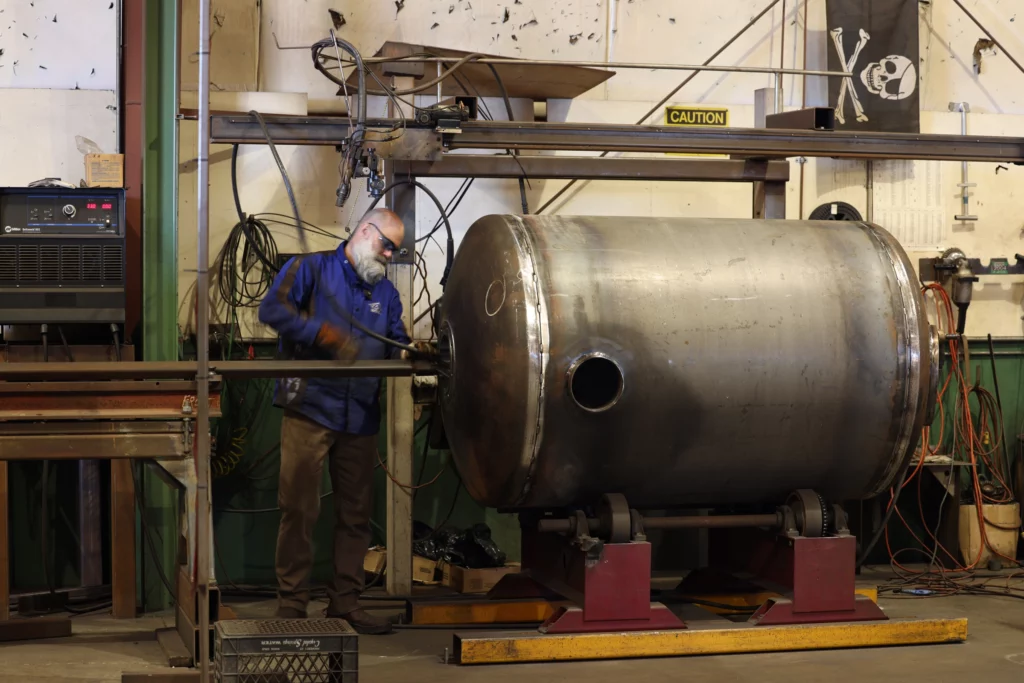

Pioneering Groundwater Treatment Solutions
The first municipal removal system using dioxide media to remove iron and manganese
The first U.S. installation for arsenic removal using granular ferric hydroxide
The leading high-rate biological ammonia removal process in the U.S.
The ATEC Difference
ATEC is special because it offers a unique mix of pioneering innovation and solid performance. Pioneers in our space, we deliver safe, affordable treatment options at varying volumes
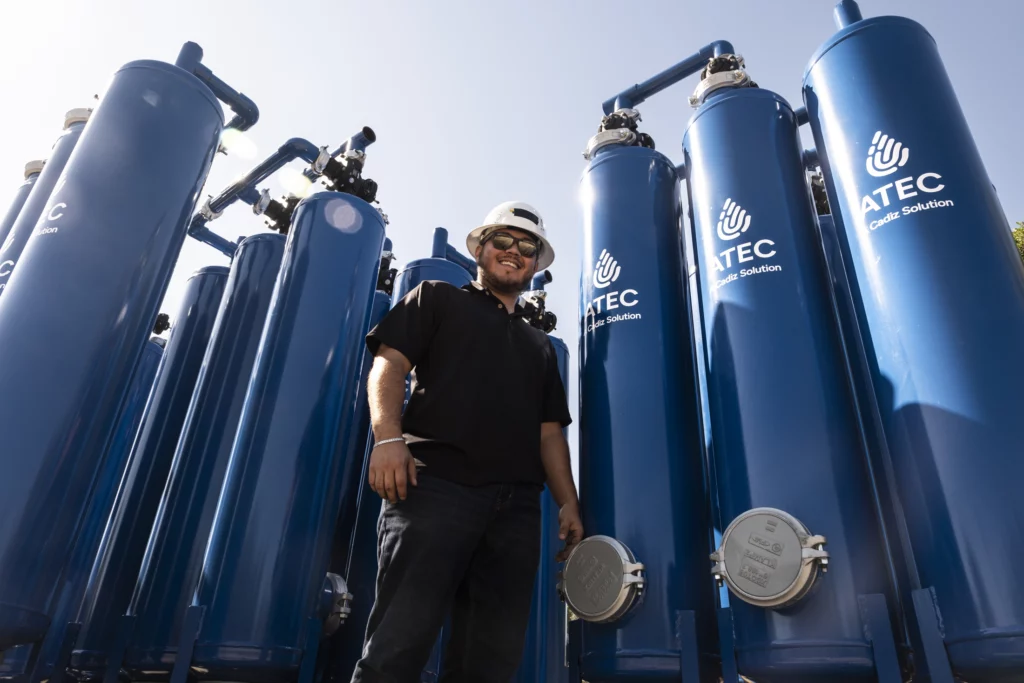
Unmatched Experience & Expertise
- Over 30 year track-record of success in groundwater treatment field
- Installed 450+ systems across the western United States as well as Canada and Sri Lanka
- 90% of systems to date targeting iron and manganese removal, readily adaptable to eliminate additional contaminants with no impact on existing footprint
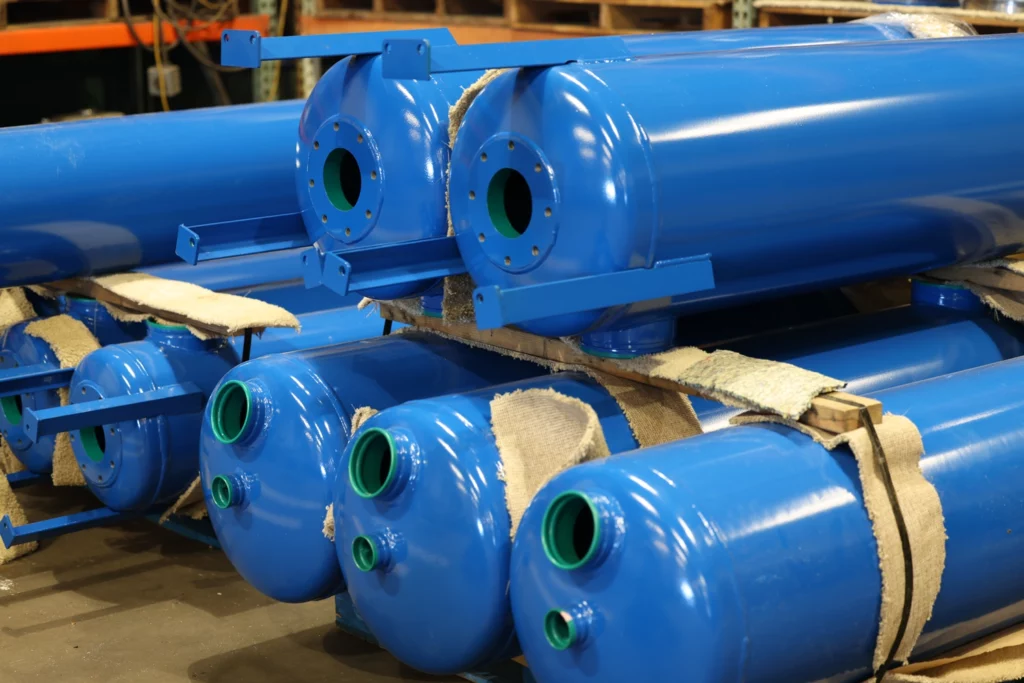
Innovative & Sustainable Technology
- Our engineers continually pioneer cost-effective water treatment methods – exemplified by a groundbreaking chromium-6 removal process that reduced costs by half
- Every filtration system is pilot tested, designed and built to treat unique water problems
- Smaller footprint and significantly less environmental impact than other solutions
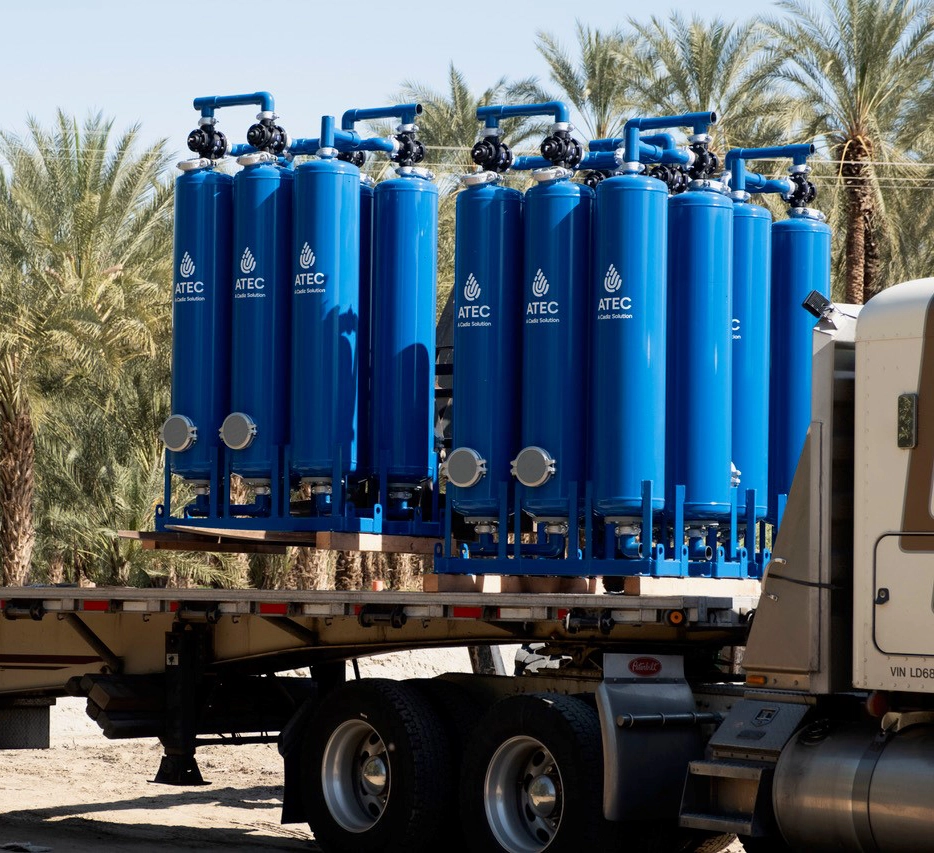
Simple Installation & Minimal Maintenance
- Fully packaged, pre-assembled custom filter systems, ready for simple installation with minimal construction required
- Unattended and automatic backwash cycles that require no additional infrastructure
- Long-lasting, efficient filter media and powder coated vessels
- Maintenance requirements as little as four visits per year as systems are monitored remotely 24/7

Cost-Effective & ScalableIn-House Manufacturing
- Our vertical systems are one-third the cost of typical horizontal filtration systems
- Engineered to be scalable – serving small communities at 10 gallons per minute, to large public utility treatment plants up to 60 million gallons per day
- Custom-made by engineers at our manufacturing shop in Hollister, California
Our Capabilities
We offer complete groundwater treatment solutions, with capabilities spanning from pilot testing and feasibility studies to onsite installation support, monitoring, and service. Our hands-on, tailored approach has a proven track record of delivering exactly what’s needed through each step of the process. We offer multiple filtration solutions to ensure the removal of groundwater constituents of concern. With drinking water standards continually adapting to new science and important public health goals, our systems are adaptable to align with new standards without affecting the existing system footprint.
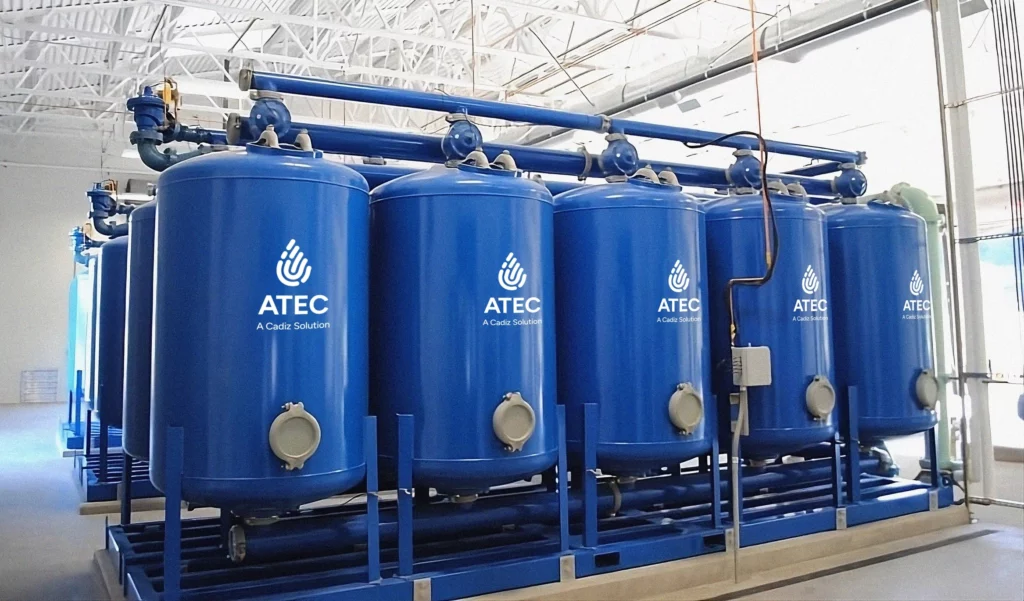
Treatment Focus
We provide a complete line of testing and treatment solutions for common groundwater contaminants and other concerns:
• Iron and Manganese
• Arsenic
• Chromium / Chromium-6
• Boron
• Nitrates
• PFAS
Treatment Focus
We provide a complete line of testing and treatment solutions for common groundwater contaminants and other concerns:
• Iron & manganese
• Arsenic
• Chromium / Chromium-6
• Boron
• Nitrates
• PFAS
Partnering with ATEC
We partner with a broad range of stakeholders, including community leaders, engineering firms, and water municipalities, to deliver and maintain complete groundwater treatment solutions.
Groundwater Contamination Crisis
Addressing our growing water treatment challenge
California
- 1 million Californians face long-term health risks because they lack safe drinking water
- 84% of those at risk are from socioeconomically disadvantaged communities
- Of 7,400 public water systems, more than 3,000 have two or more water-quality violations
U.S. / World
- Some 22% of groundwater wells nationwide contained at least one contaminant at a level high enough to pose health risks, according to U.S. Geological Survey research
- Groundwater provides one-third of the world’s drinking water, and contamination is growing, with life-threatening substances more widespread than previously known